-
Posts
795 -
Joined
-
Last visited
Content Type
Forums
Detector Prospector Home
Detector Database
Downloads
Posts posted by afreakofnature
-
-
First and foremost, Thank you to all who made the sacrifice to give us these freedoms we hold today 🇺🇸🇺🇸🇺🇸
Puttin in pics 4.... with the the multiplier!!! What a great gold day! Virgin patch found! 2.45g nuggie being the biggest! All the gold is next to the “G” in GPZ. Might have to zoom in 😂😂. 3.29g total!!
-
-
-
50/50 chance so far Rick! 🤣
-
-
Awesome Thanks Gerry! Game on!
-
6 minutes ago, Swegin said:
End of August would be perfect for me. Getting too hot in southern AZ.
You need to come north this is our prime time. They should send the first big batches to the northern dealers and after filled send the rest to the southern dealers 😉😂😂
-
8 hours ago, Rob Allison said:
Hey Phrunt,
I think for the most part, it's this COVID crap here in the US. I work for a major company here in the US beyond running my business and 70% or better are still working from home. I think Minelab USA is in the same boat, many are probably still working from home, meaning less people potentially at the main office, repair center and such.
I'm basing this off solely what is going on in the West Coast right now, USA.
I read an article a few days ago about major companies struggling to get employees back to work. When you allow someone to stay home for so long, they don't want to return and many employees are claiming it's not "SAFE" to return to the work place!

Rob
Even if working from home they should have the ability to answer an email or return a phone call. Those two are supposed to be the easiest things to do working from home. That’s all we had to do for the first few months and it worked pretty flawlessly. But I’m also surprised because I’ve always had great customer service with the USA office. 🤷♂️
-
3 hours ago, jasong said:
I think Mitchell has a legitimate question here, if there is a problem with the speaker then why not fix it before selling it? Are we going to have to mail it right back to Minelab to get repaired after they finally arrive?
I actually hope this delay is them fixing units, and therefore preventing further delays. Some kind of update on things is long past due from Minelab at this point.
I doubt they are fixing the EMI issue and I doubt it is covered under warranty. If that was the case why haven’t there been a plethora of Australian people returning theirs for fixing. Or at least we haven’t heard of that happening to my knowledge.
If they have to fix something for the USA market it probably has something to do with regulations such as an FCC thing. 🤷♂️
-
Part 2 - Might answer some of your questions Off Grid.
-
The only thing eBay is good for now days is buyer protection (and probably seller protection). FB Marketplace is like Craigslist and really only works well with local purchases. I too thought FB Marketplace would be a good place to go but when you live in the boonies and everything you want is states away, it does not work to well and leads to fraud. Just like CL unfortunately too. What it boils down to is eBay needs competition, then the fees would go back down to something reasonable.
-
It would just be nice to hear the "official" reason from Minelab and more than likely it is multiple reasons but just SOME news. Even a blog with updates. Week 1: No chips this week. Week 2: Still no chips. Week 3: Made 10 units only going to testers. Week 4: No chips again. Week 5: Covid Lockdown...... Something like that would at least give some info. People can handle the truth, they might not like it, but they can handle it much better than no info and pure guess work.
In the interim, sure would be nice if the folks who do have 6k's could show us some nice videos of them finding gold with it 😁
-
Nice story Condor but no pictures?.....I am just kidding. Bummer on all the breakdowns, hopefully the gold gods will give you a nice chunk for all your efforts on this trip next time out.
-
3 hours ago, Cascade Steven said:
Thanks for sharing this article. In my own research on gold deposit formation and gold nugget formation I have found a variety of hypothesis for gold deposition starting with the work of Lindgren in 1901. These hypothesis can be organized into groups of hypothesis by deposit model depending upon whether one is considering vein deposits, disseminated deposits, replacement deposits, skarn deposits, greenstone gold deposits or other models. And there seems to be some overlap between hypothesis within given groups and between groups. As implied in the article, there may more than one process involved and gold vein formation may differ from some aspects of gold nugget formation. However, it is interesting to consider that there may be an overlap in the two processes (vein formation and nugget formation). And as mentioned (or implied) in the article, this new insight and understanding may present new opportunities for exploration and nugget patch location. The original academic paper contains some interesting images and accompanying descriptions. This research poses an interesting question: is this process an over-arching or umbrella type of process that is active in the formation of many of the various types of deposits (i.e. deposit models)? Only further research will provide the answer. However, the more we understand about the geology of gold formation and deposition the greater the probability of success, and this research has certainly added to both our understanding and our arsenal of exploration tools.
No worries, I am always on the lookout for how nuggets form which could lead to new areas to detect. Not sure if you have this article but this one is interesting as well from 2007.
-
The Mystery Formation of Extremely Rich Gold Veins Might Finally Be Solved
24 MAY 2021Gold, for all its wonderful uses, isn't hugely abundant in Earth's upper layers. For each ton of crust material, there's an estimated just 0.004 grams of the precious metal.
Yet somehow, there are regions that contain "bonanza" abundances - hyper-enrichment, in the scientific parlance. How these gold veins form in time spans as short as days from hydrothermal systems that only contain trace amounts of the metal has been a geological mystery.
It's one that now has an answer, from the most unlikely of clues: the separation and clumping of fat particles in soured milk.
"Scientists have long known that gold deposits form when hot water flows through rocks, dissolving minute amounts of gold and concentrating it in cracks in the Earth's crust at levels invisible to the naked eye," geoscientists Anthony Williams-Jones and Duncan McLeish of McGill University in Canada stated in a Q&A.
"In rare cases, the cracks are transformed into veins of solid gold centimetres thick. But how do fluids with such low concentrations of gold produce rare ultrahigh-grade gold deposits? Our findings solve the paradox of 'ultrahigh-grade' or 'bonanza' gold formation, which has frustrated scientists for over a century."
Milk is an aqueous solution made up of several components, one of which is microscopic globules of fat. At the pH level of fresh milk - very close to neutral - these fat particles have a negative charge, which causes them to repel each other.
The souring process involves bacteria in the milk converting lactose to lactic acid, lowering the pH level accordingly. This causes the surface charge on the fat particles to break down, and the fat particles separate from the milk serum and clump together with each other via coagulation, forming a sort-of gross decomposing milk fat jelly.
Williams-Jones, McLeish and their colleagues found a similar process when using transmission electron microscopy to study gold deposits from the Brucejack Mine in British Columbia. This is one of the spots around the world where bonanza-grade mineralization can be found, up to 41,582 grams per ton.
It's long been accepted that gold is transported by way of fluid through Earth's crust. However, in order to reach the abundances found in hyper-enrichment zones, previous studies suggested that the gold may have been dissolved in high concentrations in fluids containing chlorides or bisulfides, and transported and deposited that way.
The other possibility is a colloidal solution, with solid nanoparticles of gold dispersed throughout hydrothermal and geothermal fluids. Since the gold nanoparticles hold a charge (like milk fat), they repel each other. When the charge breaks down, the gold particles clump together in a process similar to coagulation, known as flocculation.
This has been indirectly demonstrated in the past; now, McLeish and colleagues have observed how it actually happens.
"We produced the first evidence for gold colloid formation and flocculation in nature and the first images of small veins of gold colloid particles and their flocculated aggregates at the nano-scale," Williams-Jones and McLeish said.
"These images document the process by which the cracks are filled with gold and, scaled up through the integration of millions of these small veins, reveal how bonanza veins are formed."
For this process, the concentration of gold in the geothermal fluids only has to be a few parts per billion. It flocculates to form a jelly-like substance, which gets trapped in cracks in Earth's crust to form rich gold veins.
This finding suggests that rich gold deposits may be more common than we thought, and may have occurred in several other contexts than previous estimates had allowed for. If other studies and further examination can back it up, the research could give us a new toolkit for understanding and locating gold deposits around the world.
"We suspect that the colloidal processes that operated at Brucejack and other bonanza gold systems may also have operated to form more typical gold deposits. The challenge will be to find suitable material to test this hypothesis," Williams-Jones and McLeish said.
"The next step will be to better understand the reasons why colloid formation and flocculation occurred on the scale observed and reconstruct the geological environment of these processes."
The research has been published in PNAS.
-
If you know the watts on all batteries you will know how many charges you will get minus the watts used to run the inverter.
-
15 minutes ago, Off Grid said:
I couldn't agree more with the sentiments expressed in the video but I'd like to see the data for, say, deeper than 6" plotted as nugget weight versus depth. Might be asking too much to color code the data points by detector/coil combo's!
Yes I agree, since he has the data it would be nice to see other forms of analysis as well. Maybe we can send a quick email and ask for some other graphs as well.
-
Currently, I am in the thrill of the chase and proving areas of research have gold. I am doing what I have been told to never do.....”leave gold to find gold.” But I enjoy knowing I can stock up places to go back to and have fun at. I think it is great fun to show our research and mapping pays off and gives a great successful feeling, plus the fun of exploring and discovering/relearning lost history.
Dan and I actually found some drift mining for the first time, we have read about it many times but have never been able to still see it from over 100+ years ago, 20-30 ft shafts with drifting visible at the bottom. Cribbing mostly gone. These are usually filled in or collapsed but it looks like in this area they were forgotten or not done properly. This has us now in explorer mode and Dan looking to “borrow” robotics to see if we can lower down in and explore to see what they were doing down there. At least ~15+ shafts in the area, a few open to look. So now detecting has halted......well maybe a few more swings since we have found gold in the side gulches going to the shafts 🤣
-
GPZ's are still selling good on eBay. There is a used one on there right now up to $5300 with 2 days still left. I haven't seen any 6k's on eBay yet though 🤣
-
-
My wife will wear it as a pajama shirt. So I will get to see the GPX6k advertisement all night 🤣
-
5 minutes ago, Sheppo said:
Luckily my local butcher sources local meat so I can’t see a problem there.
Same here and it tastes so much better. Mmmmm
-
I agree, that is why I dubbed 2021 “The Year of Going Without..”
-
Probably similar to an SDC and its sensitivity controls. And in an essence the SDC has a threshold on or off situation too because even though there are like 10 settings everyone either uses 3 or 1.


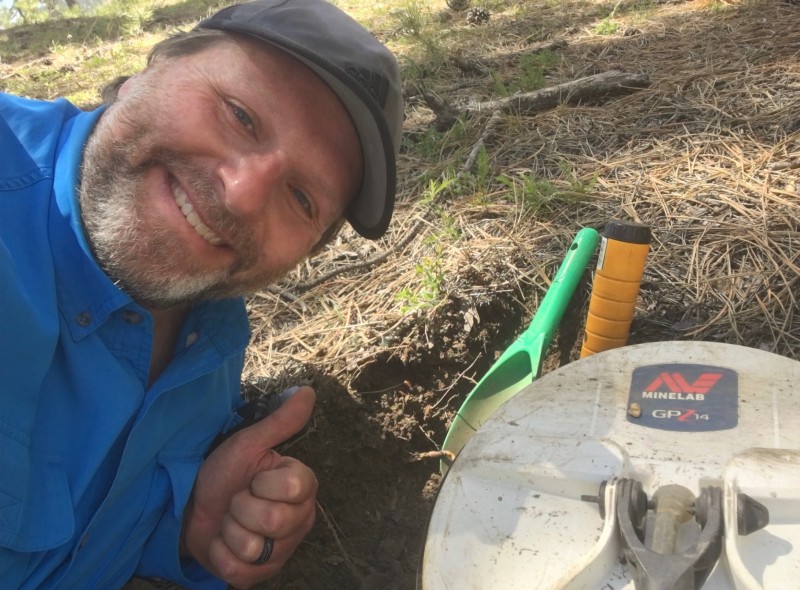
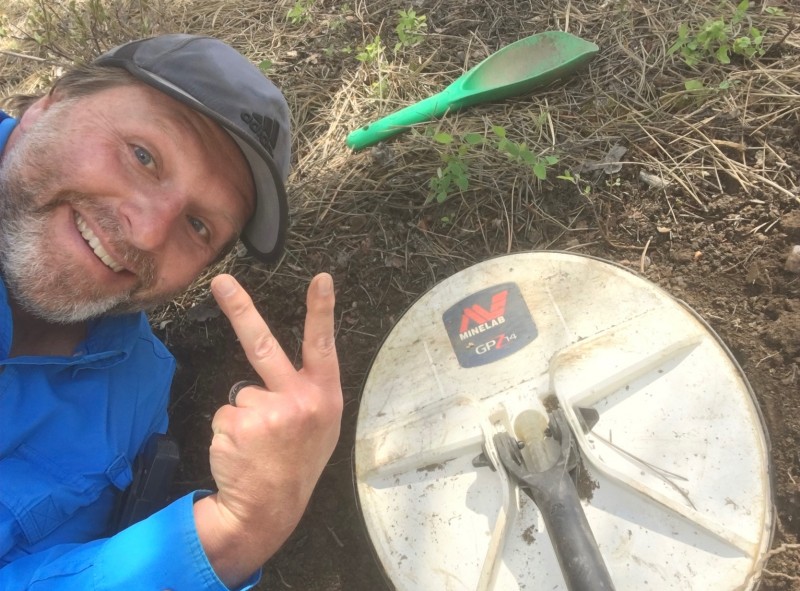
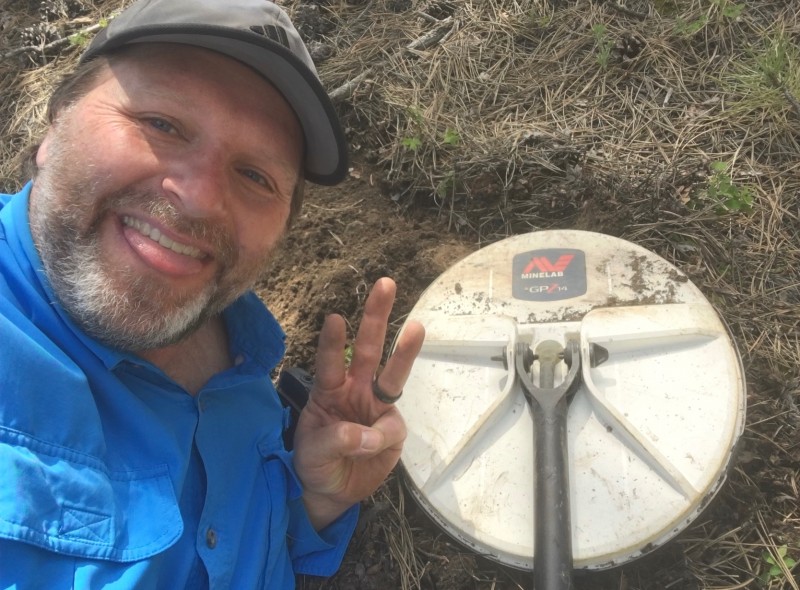
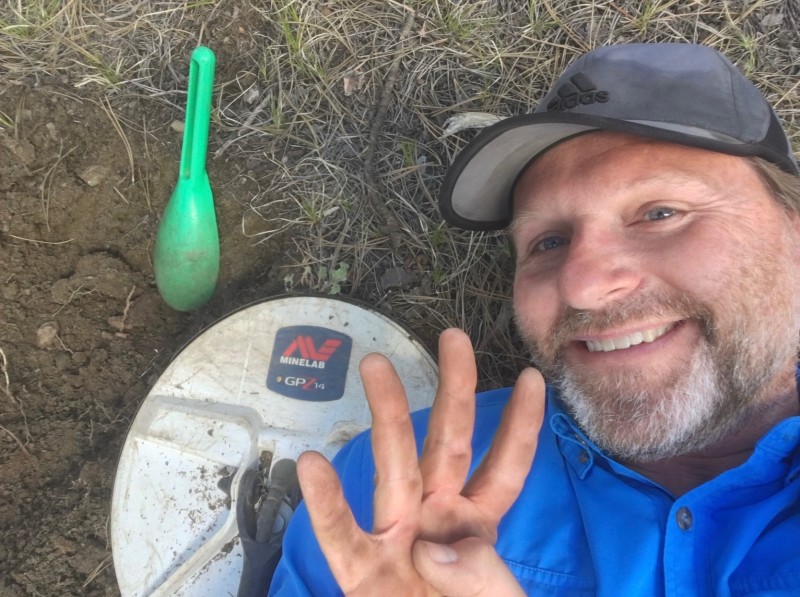
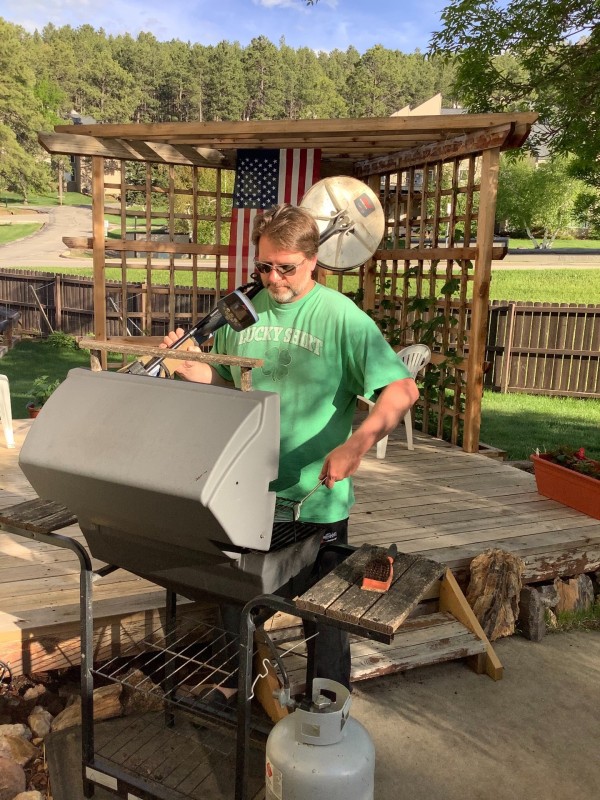

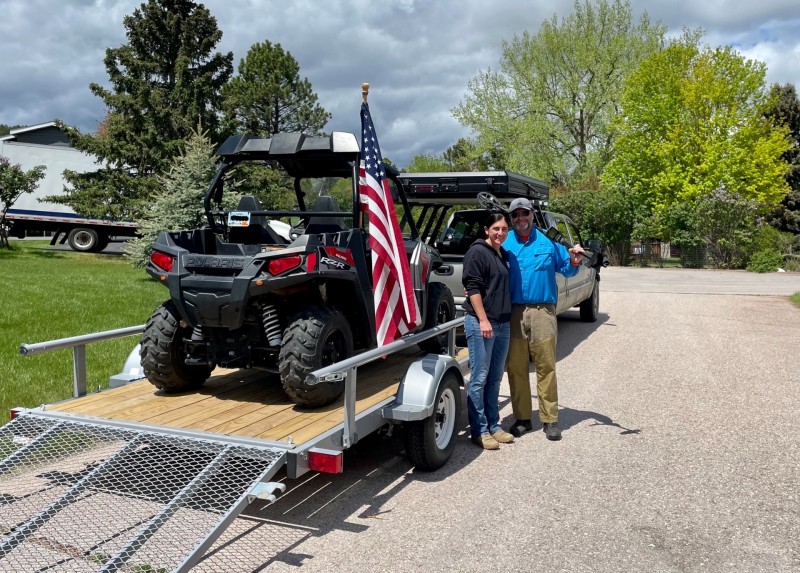

Second-first Day With The New Nugget Finder 12" Round Z Searchcoil For GPZ 7000
in Detector Prospector Forum
Posted
Wow $1,100. I thought they were suppose to come in at $900 but Covid probably changed that.